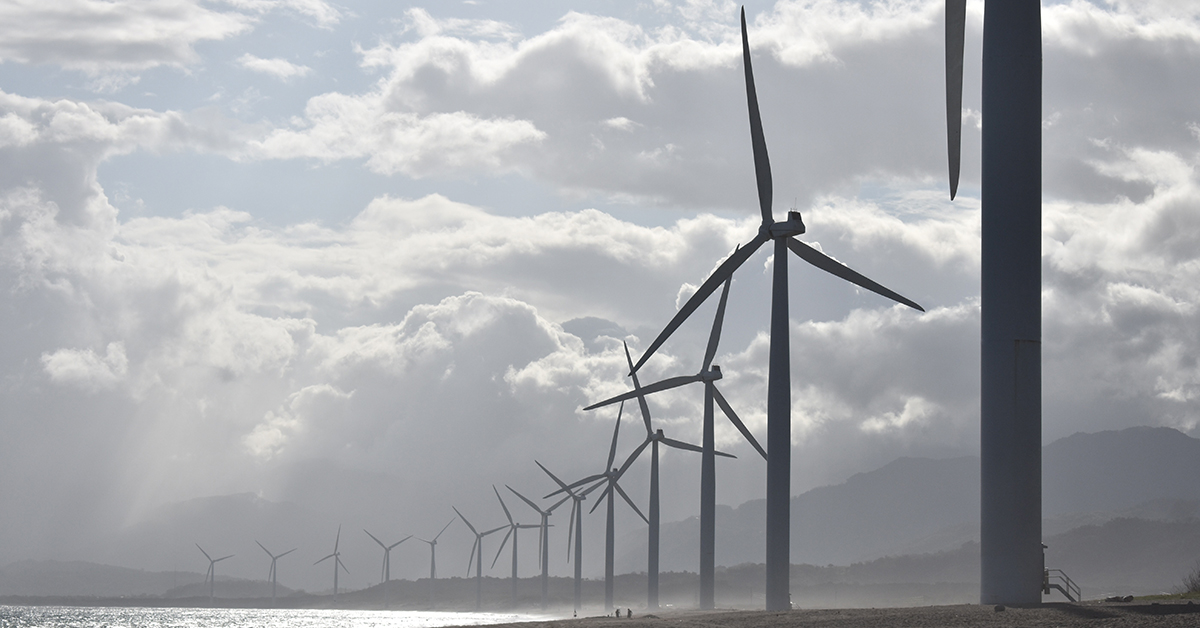
by Dr Ernesto Bonafé
Born in the aftermath of the Cold War, the Energy Charter Treaty will have a second life, in a warmer planet, with reminiscent tensions heating up. The goal in the early nineties was to extend market-based principles and the rule of law to former soviet states so as to facilitate the flow of capital and technology West-East and energy flows East-West. A win-win agreement, with some caveats. Although Russia signed the Energy Charter Treaty, it did not ratify it and the intention not to do so was made clear during the Yukos case, which would later result in a $50 billion award against Russia for unlawful expropriation of the former biggest national oil company. On the other hand, the enthusiasm of the United States signing the 1991 European Energy Charter, a political declaration at the origin of the Energy Charter process, never translated into signing the 1994 Energy Charter Treaty, a legally binding agreement. Another drawback was the withdrawal that Italy announced unexpectedly by the end of 2014. What was left of the Energy Charter Treaty by then?
2015 became a turning point: in May the new International Energy Charter was adopted, in September the Sustainable Development Goals, and in December the Paris Agreement. The three policy instruments set the global energy transition in motion: the commitment to provide stable and predictable conditions to mobilise private investment in energy, the commitment to achieve universal energy access, and the commitment to fight climate change. This momentum may explain how, despite the absences of Russia and Italy, the Energy Charter process was still alive. The International Energy Charter expanded the market-based principles beyond its original borders, as it was signed by countries in Latin America, Africa, The Gulf, South-East Asia and China. All of them seemed to agree that the signature of the International Energy Charter amounted to sending a welcome message to foreign energy investors.
But the Energy Charter Treaty has had a hard time in the European Union (EU), as a result of combining investment protection rules with liberalised energy markets and the promotion of renewables. To achieve more renewables, more efficiency and less emissions, the EU had set the so-called 20-20-20 by 2020 targets, allowing member states to freely decide how to achieve them. It was a ‘learning by doing’ process, a difficult one. Soon after subsidies were committed for the lifetime of renewable power plants, they appeared to be financially unsustainable and too generous due to a dramatic reduction of technological costs. Regulatory changes followed, which led to an unprecedent number of investor-state disputes under the Energy Charter Treaty, in Spain and in other EU member state. The EU reacted by adopting a new renewables directive that made national support schemes more market-oriented, stable, predictable and transparent. While the problem of flawed national support schemes was fixed at EU level, new fronts opened up. The decisions to phase out nuclear in Germany, stop coal in the Netherlands and end oil exploration in Italy, were all challenged under the Energy Charter Treaty.
Even more disturbing, from an EU law perspective, was the fact that investors from member states used the Energy Charter Treaty to sue governments from other member states. A practice that the European Commission and the Court of Justice of the EU considered to be incompatible with EU law. In essence, Energy Charter Treaty arbitration tribunals are considered to be outside the national judicial system, and thus escaping the possible review by the CJEU, and possibly compromising the uniform application of EU law. The CJEU made its position in September 2021 in a preliminary ruling requested by a French court in Paris. This intra-EU objection was upheld by an arbitration tribunal in Stockholm but rejected by an arbitration tribunal in Washington. As a result, the application of the Energy Charter Treaty to intra-EU disputes seems to depend on where the tribunal seats. At this point, the EU was already pushing the modernisation process with a text proposal and an additional submission for the reform of the Energy Charter Treaty.
The European Commission declared ‘mission accomplished’ in June 2022, when the 53 contracting parties reached an agreement in principle on the modernised Energy Charter Treaty. The new text will increase transparency of dispute settlement proceedings and will bring an end to the intra-EU applications under the Energy Charter Treaty. Investment protection will be limited to investors with substantive economic interests (not to mailbox companies), and new investment protection standards will aim to preserve the right of governments to pursue public policy objectives and implement the Paris Agreement. The new text will protect investments in carbon capture, storage and utilisation, as well as hydrogen, anhydrous ammonia, biomass, biogas, and synthetic fuels. Moreover, the EU and the United Kingdom have opted to use a new flexibility mechanism to curve-out fossil fuel related investments from investment protection under the Energy Charter Treaty.
The agreement in principle on the modernisation of the Energy Charter Treaty will be formally adopted by the Energy Charter Conference on 22-23 November 2022 in Ulaanbaatar, Mongolia. Then, the modernised Energy Charter Treaty will be subject to further parliamentary scrutiny. Will it be ready for a second life?
Dr Ernesto Bonafé is an associate senior researcher at the Centre for Energy, Petroleum and Mineral Law and Policy, University of Dundee (CEPMLP) and associate editor of the journal Global Energy Law and Sustainability.

Global Energy Law and Sustainability is an international journal dedicated to research in energy law and policy, with an interdisciplinary focus comprising themes from a range of disciplines involved in energy research, such as: the energy life-cycle; energy production and infrastructure; energy regulation; economics and legal policy; energy justice; low-carbon energy law and transition; international energy law; subsidies; risk; governance; climate change; sustainability and environmental law. Find out how to submit your paper, subscribe, or stay up to date with Table of Contents alerts.






Great read here.
Solar energy is certainly looking like the future for everyone.
Will be interesting to see what new laws are laid out for Edinburgh in 2023.